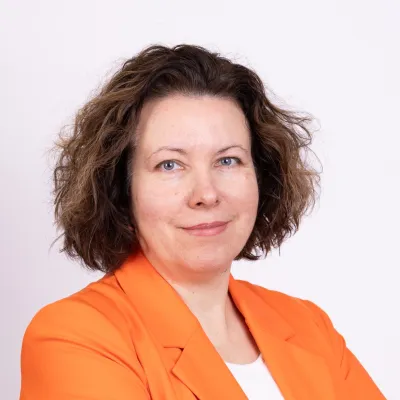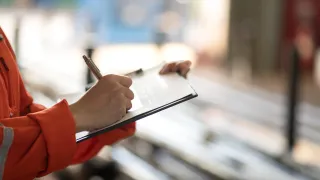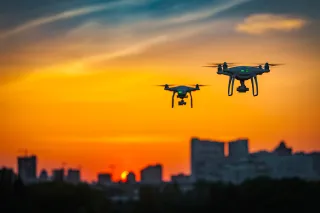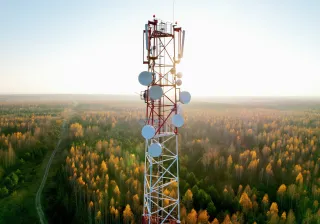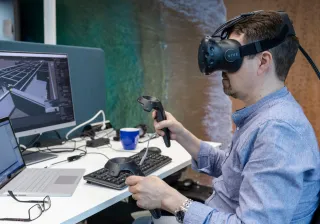A research professor at VTT introduced me to the world of safety and risk management at production facilities in the 1980s with these succinct pieces of advice: “Identify hazards and eliminate them. Only identified risks can be managed”. This advice may seem simple but putting it into practice requires a lot of work, expertise, and cooperation.
Author: Minna Nissilä
Ensuring safety and its continuous improvement are important objectives for all businesses. Depending on the sector, safety could mean ensuring employees’ physical and mental wellbeing, minimising environmental damage, or preventing fires, explosions, or other accidents. In addition, security threats, meaning deliberate, malicious acts, against e.g., automation and information systems, physical environment and infrastructure are a growing concern.
Ensuring safety is a part of sustainable development
Implementing the principles of sustainable development requires actions in the design, construction, operation, maintenance and decommissioning of a production facility. This also applies to safety. Many of the choices and decisions that will impact safety of a facility and its operation throughout the whole lifecycle are made already during the design phase. The earlier safety perspectives are included in the design process and decision-making, the better they will ensure safety at a facility during all stages of its lifecycle. It is also important to identify and analyse the possible chains of events that could cause disruptions, failures, or other harmful consequences already in the early stages of design. The complexity of production processes, integration of facilities and interdependencies of various operations and actors in the system make it difficult to identify causes and effects when you reach the later stages of a design process.
Shared safety objectives – different implementations
The methods and practices used for identifying hazards and assessing risks may vary between various industrial sectors due to different traditions of the industrial sectors and different legislative base and requirements. However, the main principles are the same and follow the ISO 31000 standard for risk management. The first step is to identify, analyse and assess risks; then one can choose the best measures to mitigate and manage these risks.
Over my career at VTT, I have worked in teams named e.g., occupational safety and health, safety engineering, risk management and the safety of complex sociotechnical systems. In practice, all the time my work has involved cooperation with companies and their staff to ensure that accidents and other harmful events can be prevented, their consequences minimised, and management of safety constantly improved. In all industries ensuring safety is an important part of everyday work and high performance.
Together with my colleagues and companies we have assessed investment projects, process changes, equipment dismantling projects and many more. We have worked with the production and storage of dangerous chemicals and explosives, forest and metal industries, oil refining, fine chemicals and bioproducts. The assignments have included comparing preliminary process plans and process alternatives and conducting safety assessments for normal operation and maintenance work, as well as ramping up and shutting down processes.
In my work, the most interesting thing – and often the most challenging thing as well – has been the diversity and variability of facilities to work with. The spectrum of operations and processes has been fairly wide and working at diverse sites and processes has brought a lot of challenges. It has not always been possible to get in advance detailed and thorough information of processes and facilities to be studied. These situations have taught me to tolerate uncertainty and to accept that it is not possible to know everything, actually you don’t even always need to.
A major part of identifying and assessing risks is asking questions, looking at alternatives, listening to justifications and sometimes even questioning them. In my experience, the ability to see the big picture and interdependencies has been more important than knowing every detail.
Risk management is interpersonal cooperation and sharing information
As I have worked together with companies to examine and assess safety, I’ve become more and more convinced that bringing together different skillsets produces great results. Companies’ and entrepreneurs’ process and design expertise combined with VTT’s risk management excellence create a good foundation for development recommendations that are effective, economical and improve safety. Even though the various IT tools and software of process design are good and necessary, skills in interpersonal cooperation and communication are very valuable. At its best, it is fluent and innovative, and produces practical improvements.
The risk management of technical systems and processes has a long history in facilities such as chemical production plants. The significance of risk management is even more highlighted in a situation where the storage and use of a hazardous substances like e.g., hydrogen is not strictly limited to industrial areas. The new production methods for hydrogen and its use for transport and other such purposes bring it closer to the consumer.
Good and reliable risk analyses and sufficient preparedness will continue to be as important as ever and communicating the risks of new technologies is becoming even more important. Citizens need to have access to reliable, understandable, and proportionate information on the risks related to new technologies and applications and about the meaning of the risks. This will impact the overall acceptance of new technologies and them becoming more widespread.

Minna Nissilä started at VTT as a thesis worker in 1982. Most of her working career, spanning 40 years, was related to safety and risk management issues in process and chemical industry.
